Synopsis
Between 1968-1984, the Green Shirts were amongst the best in business
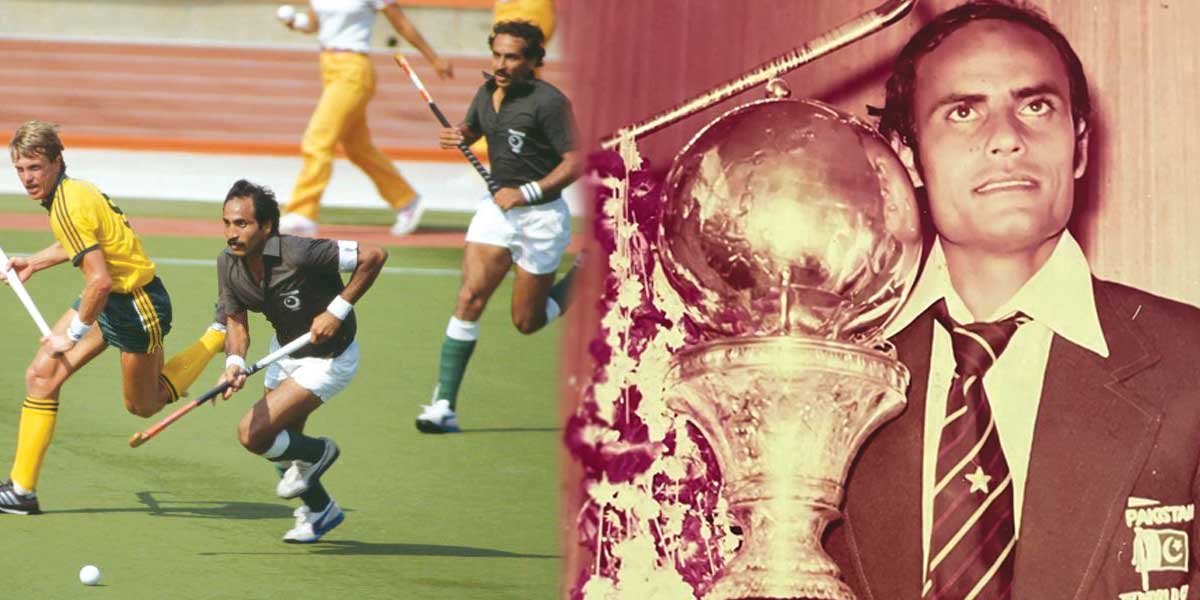
Every nation has its golden period in sport. It’s the time when a team looks unstoppable, like the airliner flying at 35,000 feet through good weather with the descent still far away. So it has been with Pakistan hockey.
They may not be on an ascent right now despite a good show in the last Asian Games where a solitary goal kept them out of the finals. And three weeks back on the European tour where they defeated the Netherlands and Spain by impressive margins.
But there was a time when such victories were the rule rather than the exception and the Pakistani forwards especially dribbled their way through the staunchest of defenses and the full backs kept out of their goal the fiercest of forwards.

Pakistan’s hockey appearance at international level began soon after independence. Led by A.I.S.Dara and including a talented Abdul Hamid ‘Hamidi’, they participated in the 1948 London Olympics and reached the semifinals.
Likewise in 1952 at the Helsinki games where a solitary goal against them meant they were out of the race for the final. Four years later and captained by Hamidi, and with a young Naseer Bunda, Munir Dar and M.H Atif, they were to at last make the final in the 1956 Melbourne Olympics where again a solitary goal by India forced them to settle for the silver, their first Olympic medal nevertheless.
By now Pakistan were playing uninhibited hockey, displaying skill and endurance on the grass that few could match. The modern game of hockey may have been developed and nurtured in 19th century Britain and first taken up seriously by England, but by the middle of the 20th century it was the subcontinent that was mastering it.
Pakistan were to finally clinch the hockey gold in a tempestuous game against India at the Rome Olympics where Naseer Bunda netted a cross in the 12th minute and the Green Shirts defended that slender lead till the final whistle.
Ironically, they were to lose in the 1964 Tokyo finals by an only goal to the same opponent, India. And it was to the Indians they lost 1-0 in the final of the Asian games of 1966, after beating them in the 1962 Jakarta Asian Games final by the same margin.
The constant solitary goal victories were testament to the quality of hockey played by both sides.
By the time the 1968 Mexico Olympics came, Pakistan and India had become the teams to beat and were firmly established as arch-rivals. But Pakistan were progressing faster and seemed to have a psychological edge over India. They were a more established force.
So it was that India failed to reach the Olympic hockey final for the first time since the 1948 games, but Pakistan, led by Tariq Aziz — and now with most of the best players in the world in the shape of Asad Malik, Abdul Rashid, full back Tanvir Dar — were playing their fourth straight final and their opponents this time was Australia, a strong team who had beaten India in the semifinals.
It was not an easy game with Pakistan winning with goals from Muhammad Asad Malik and Abdul Rashid. The latter was the top scorer for Pakistan in the tournament with seven goals; Tanvir Dar finished with six goals.
Pakistan had been among the top two teams in terms of skill and standard of play all through these years. But their appearances had been limited to Olympics and Asian Games.
As the world of hockey opened up and more multi-national tournaments began to be organized, the 1968 Olympics triumph ushered in a golden era of Pakistan hockey.
A European tour that followed in the summer of ’69 saw Pakistan winning 21 of the 23 matches and drawing the other two. The tour threw up another player who was to soon become a household name – Islahuddin.
An international tournament at home saw Pakistan field both a senior and a junior team. Such was the talent that the two home sides met in the final with seniors winning only 1-0.
Through the Juniors team, names of the future generation appeared. Islahuddin had already been there on the European tour and he was now accompanied in the junior team by Shahnaz Sheikh and Akhtar ul Islam.
It was a combination of the seniors and Juniors team that formed the nucleus for the 1970 Bangkok Asian Games where Pakistan again met India in the final. It was a tense game that went into the extra time with Pakistan netting the winner to be once again the simultaneous holders of the Olympic and Asian Games; their first time was in 1962 of course.
By now, the idea was floated by Pakistan of holding a Hockey World Cup. But not being as popular as football, the sponsors were unavailable. The head of the Pakistan Hockey Federation (PHF) was Air Marshall Nur Khan who was also chairman of Pakistan International Airlines.
He offered to sponsor the event and also pick up the travel and lodging expenses of players and officials as well as donate a running trophy. Thus history shows that the World Cup of hockey was made possible by Pakistan and PIA. (Subsequently the airline was to also give employment to several of Pakistan’s leading hockey players as well as those who couldn’t make it to the international stage. Eventually, Pakistani banks and other organizations stepped in to employ the hockey players to keep them in the game.)
The inaugural world cup was to be held in Lahore in 1971 but due to political tensions in the region, it was shifted to Barcelona, Spain. Undeterred Pakistan reached the final against the home team after a fantastic come-from-behind 2-1 win against India in the semifinals.
Pakistan scored early in the final through Akhtar Ul Islam and though the Spanish fought hard but the green shirts blocked all aggression and lifted the first ever World Cup. The Green Shirts now held concurrently the Olympic title, the Asian title and the World Cup trophy.
Pakistan, despite reaching the semis or final, were to go winless from 1972-76 when they went on to lose 1-0 in the final of the 1972 Munich Olympics to (then West) Germany; 1-0 to India in the semifinals of the 1973 World Cup; 2-1 in the final of the 1975 World Cup (that too in controversial fashion when a right angular rebound off the goal post by the Indian forward Ashok Kumar was declared as having crossed the goal line); and in the semifinals of the 1976 Montreal Olympics to Australia again by a one goal margin when Pakistan played on artificial turf for the first time.
In the meantime, they retained their gold medal in the 1974 Asian Games and won the Quaid-e-Azam centenary tournament in 1976.

But in between, there were individual accolades. Tanvir Dar finished as the top goal scorer at the Munich tournament with eight goals while Islahuddin won the hearts and minds of the observers with his almost suicidal run at the ball from the goal post whenever the penalty corner was taken by the opposition.
That earned him the name ‘Dash’ and he was clocked as the fastest man in hockey in that tournament. In 1971, Islahuddin had been named in the World XI that played World Cup winners Pakistan and scored against his own countrymen!
By the second half of the 1970s, however, Pakistan had possibly their greatest team on the planet. On their left flank they had an equally fast runner in Samiullah who was nicknamed ‘The Flying Horse’ due to the speed at which he ran with the ball.
There were the staunch defenders Manzoor ul Hasan and Munawwar Uz Zaman. Akhtar Rasool as center half, Hanif Khan as Inside left and Rashid Jr. as center forward. In the goal was the erstwhile Saleem Sherwani.
The years 1978 to 1984 were Pakistan’s best years in their golden period. Led now by Islahuddin, they triumphed in every tournament they played.
They won back the World Cup in Buenos Aires Argentina, where the Argentina football coach revealed that after Argentina won the football World Cup same year that he had studied the strategy and tactics of the Pakistan hockey team and applied it to his football team.
Pakistan had initiated another tournament and that was Champions Trophy where the top teams of the world were to participate. Pakistan won the inaugural trophy at home in 1978 and then the Asian Games final in Bangkok to make it a grand slam and Islahuddin became the first captain in the world to achieve that.
It was frustrating that Pakistan were part of a US-led boycott of the 1980 Moscow Olympics otherwise Pakistan had every chance to make it a full grand slam as they had also won the second Champions Trophy in 1979 as well as the Esanda Cup in Australia where the top teams of the world had participated.
Pakistan were now unrelenting in their pursuit of championships. They retained their World Cup and Asian Games title in 1982, both in India, and won the inaugural Asia Cup, which was a round robin league, with 12 points. They won all their matches, in the process beating India 4-0.
New stars emerged and Pakistan now had in the forward line Hassan Sardar, Kaleemullah and Manzoor Jr. as well. And it was in the captaincy of Manzoor Jr. that Pakistan regained their Olympic title at Los Angeles in 1984.
During all this time, Pakistan won a host of bilateral series and smaller international tournaments as well. It was a dream run and the fact that one or two titles temporarily stayed away from them showed the strength of the opposition.
They were to win the World Cup and Champions Trophy both in 1994, but those golden years was the epitome of their brand of hockey that the world saw with awe.
Catch all the Breaking News Event and Latest News Updates on The BOL News
Download The BOL News App to get the Daily News Update & Live News.







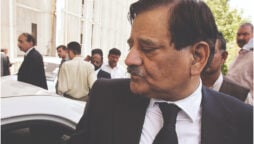
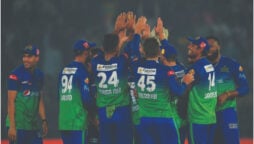
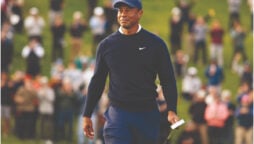
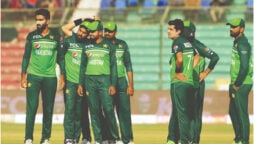

 Read the complete story text.
Read the complete story text. Listen to audio of the story.
Listen to audio of the story.